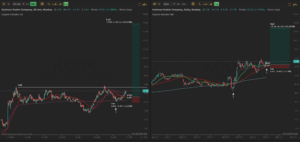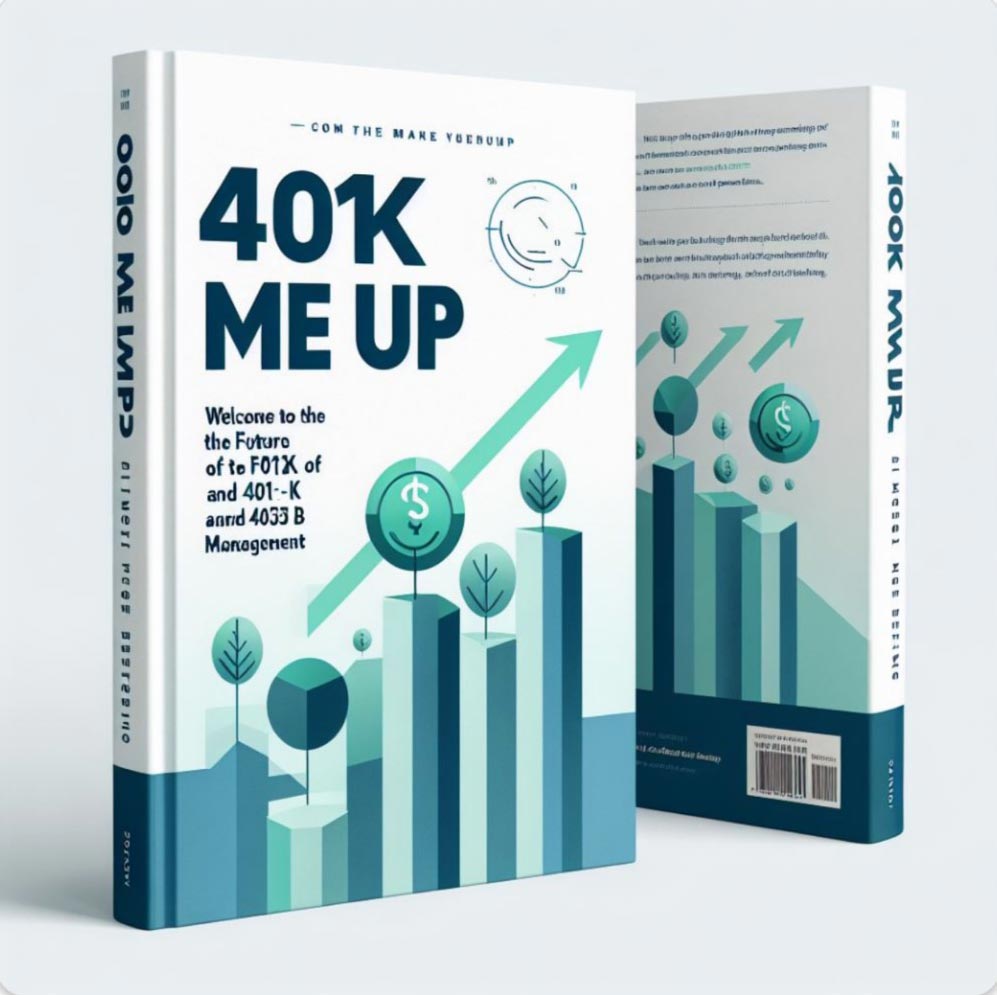One of the most effective yet often overlooked strategies involves combining an Employee Stock Ownership Plan (ESOP) with a 401(k) plan. This approach not only provides a tax-advantaged succession plan but also ensures employees benefit from long-term financial security. For small business owners with at least 20 employees and a business valuation of $5 million or more, $1mil in EBITDA and higher, and $1mil in payroll, planning a smooth and financially efficient exit strategy is crucial.
What is an ESOP?
An Employee Stock Ownership Plan (ESOP) is a retirement plan that allows employees to own shares of the company while providing the business owner with a structured exit strategy. Unlike selling to a third party, an ESOP keeps the company in the hands of employees who have helped build it.
Benefits of an ESOP for Business Owners
- Tax-Advantaged Exit: Owners selling at least 30% of their company to an ESOP may defer capital gains taxes by reinvesting proceeds into qualified securities (IRC Section 1042).
- Retain Business Legacy: The company remains employee-owned rather than being acquired by a competitor.
- Flexible Buyout Terms: Owners can structure the sale in phases rather than in a single transaction.
- Company Tax Benefits: Contributions to fund the ESOP (used to buy the owner’s shares) are tax-deductible, reducing corporate tax liability.
- Future ESOP company profits are no longer taxable because ESOP is the owner of the stock all the pass through profits are owned by a qualified retirement plan. Money that stays at the corp level is used to pay off debt used to buy the stock.
How a 401(k) Plan Complements an ESOP
While an ESOP builds employee ownership over time, adding a 401(k) plan provides employees with a diversified investment vehicle for retirement savings. Here’s why combining both is powerful:
1. Employee Wealth Diversification
An ESOP primarily invests in company stock, meaning employees’ retirement wealth is tied to the business’s success. A 401(k) plan allows employees to invest in a broader range of assets (mutual funds, ETFs, etc.), reducing risk and improving financial security.
2. Attracting and Retaining Talent
Offering both an ESOP and a 401(k) plan makes the company more attractive to skilled employees. It demonstrates a commitment to long-term financial well-being, increasing employee loyalty and reducing turnover.
3. Enhancing Retirement Benefits
Employees benefit from dual retirement savings:
- ESOP stock ownership provides a long-term payout as the business grows.
- 401(k) contributions (potentially with a company match) build personal retirement savings.
4. Tax Efficiency for Business Owners and Employees
- ESOP contributions are tax-deductible, lowering corporate taxes.
- 401(k) plan contributions provide additional tax-deferred savings opportunities.
- Owners selling shares to an ESOP may avoid capital gains tax through IRC Section 1042 rollovers.
Structuring an ESOP and 401(k) for Your Business
For business owners considering this strategy, here’s how to get started:
- Conduct an ESOP Feasibility Study: Assess company value, cash flow, and legal structure.
- Set Up a 401(k) Plan (if not already in place) and align it with your ESOP strategy.
- Establish an ESOP Trust: Determine how shares will be allocated and distributed to employees.
- Fund the ESOP Transaction: This can be done using company cash flow, bank loans, or seller financing.
- Communicate the Plan to Employees: Education is key to ensuring employees understand their ownership stake and retirement benefits.
Final Thoughts
A combined ESOP and 401(k) plan creates a win-win scenario—business owners gain a tax-efficient exit strategy while employees secure long-term financial benefits. This structure ensures the company’s legacy continues while fostering employee engagement and retention.
If you’re a business owner looking for a tax-advantaged succession plan that benefits both you and your employees, exploring an ESOP with a 401(k) plan could be the smartest move you make.
Interested in learning more?
Contact 401k Bull today to explore how this strategy can work for your business!












